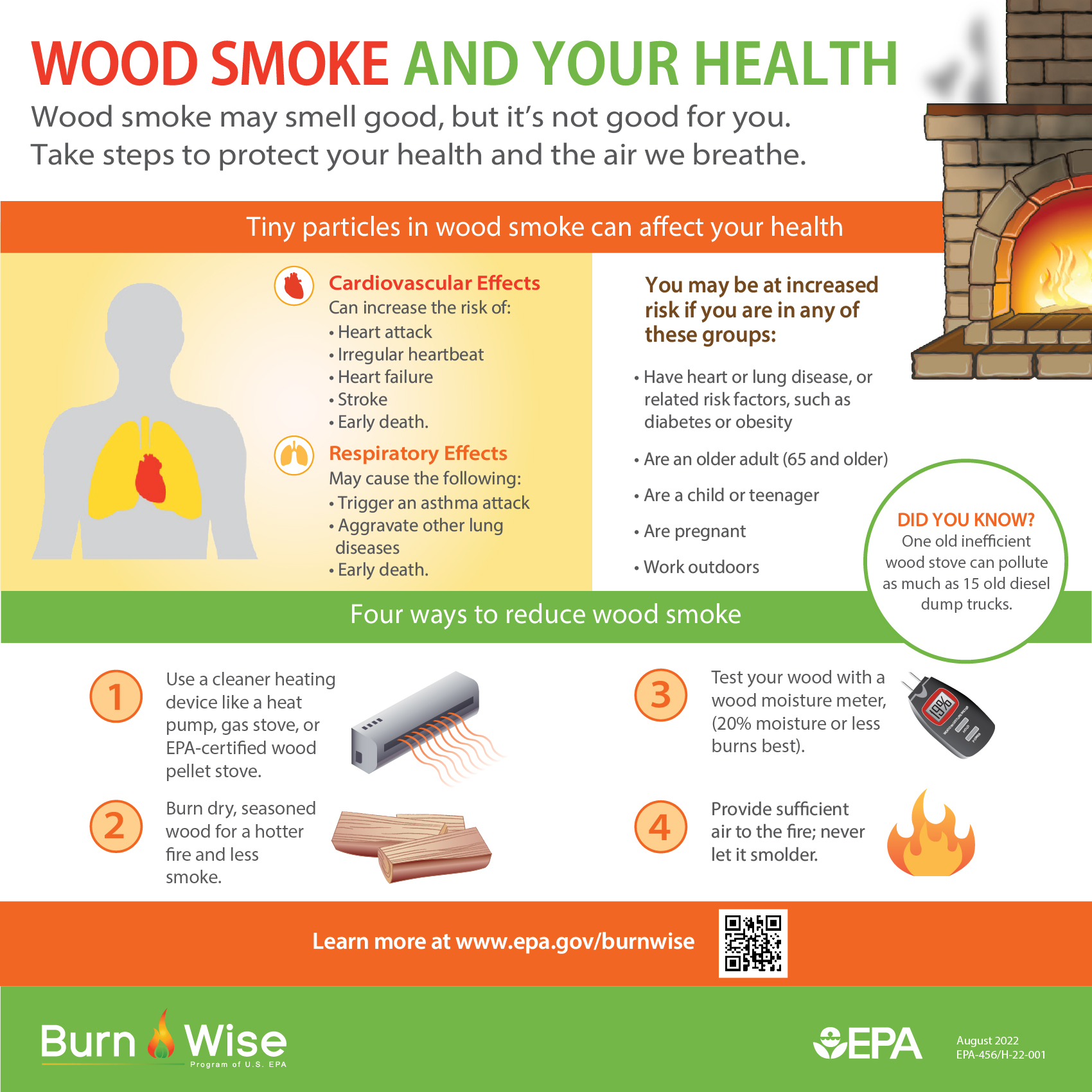Welcome to the Washington Smoke blog, a partnership between state, county, and federal agencies, and Tribes. We coordinate to collectively share information for Washington communities affected by wildfire smoke.
Washington Smoke Map
Monday, September 25, 2023
Residential wood smoke from home-heating on the rise
Wednesday, September 20, 2023
Favorable Wildfire Smoke Outlook; Prescribed Fire Season Starting!
Recent rainfall and cooler temperatures limit smoke production on active wildfires
The other major smoke producer in Washington over the past month has been the Airplane Lake Fire, which has consistently funneled smoke into the Leavenworth/Wenatchee Valley. This fire also saw rain yesterday, though less than the Olympics. It is possible that with warmer weather on Thursday and Friday the Airplane Lake Fire may perk up a bit, but winds will be out of the east, providing the aforementioned areas with relief from the smoke. Some elevated smoke will likely be transported toward the Puget Sound, but I do not expect enough burning activity to produce any impacts above occasional MODERATE readings.
Friday, September 15, 2023
Outlook: good air quality and localized smoke impacts
The majority of the state continues to experience good air quality and low fire danger. A very clear satellite image from this morning--only the smoke plumes from the Airplane Lake Fire and agricultural burning in SE WA are visible, as well as smoke in Oregon):
The Airplane Lake Fire continues to cause intermittent smoke impacts around the Lake Wenatchee area and into the Wenatchee Valley, impacting the communities of Leavenworth, Cashmere, and Wenatchee. These intermittent smoke impacts will continue until the next significant precipitation event. There is potential for light smoke impacts today in East Snohomish County, but winds from the west this weekend will push any smoke east of the Cascades.
Across the rest of the state, fires in the Cowlitz Complex comprise almost 700 acres and are partially contained. Smoke from these fires is not expected to impact nearby communities. The Sourdough Fire continues to intermittently impact areas close to the fire in the Ross Lake National Recreation Area. There are also a few fires currently burning in the Olympics that were ignited two weeks ago by lightning strikes. Smoke from these fires (including the Eagle Point and Low Divide Fires) may intermittently impact Port Angeles and higher-elevation areas around Port Angeles.
Weekend outlook: warm and dry conditions are forecasted for the weekend, but we're not expecting any significant new fire activity. Increased smoke from any local fires and prescribed burning may cause localized moderate air quality levels. Forecasted high winds across Central and Eastern Washington along with the dry conditions can lead to rapid fire spread; please continue to recreate responsibly.
-----------------------------------------------------------------------------------------------------------------------------
Taking a look back at our air quality this wildfire season, below is a plot of observed daily air quality levels for each day in each county in the state where there is an air quality monitor. Each row corresponds to the daily average at the most impacted monitor observed in each county on a given day. The major events we saw this wildfire season are highlighted--smoke from the Alberta fires in May, smoke from the Cascades and Southern BC fires in August as well as local fires in Spokane, and smoke from fireworks on the 4th of July.
Friday, September 8, 2023
Good air quality and low fire danger
Despite good air quality in most of the state, the Airplane Lake fire still has active hot-spots and is producing smoke that's been impacting residents around Lake Wenatchee. Intermittent moderate smoke is also affecting the nearby communities of Entiat and Cashmere. The Airplane Lake fire has only grown 200 acres over the past few days, but the fire is uncontained and will continue to produce smoke until the next wetting rains occur, which are not expected anytime soon.
A wind shift is expected tonight, and moderate smoke from the Airplane Lake fire is expected to impact mountain towns in Snohomish County (such as Darrington) over the weekend. That shouldn't last long though, as westerly winds are expected to pick back up on Sunday afternoon.
The Sourdough fire near the Ross Lake National Recreation Area is partly contained and has not grown much at all, prompting officials to reopen some trails and camps in the area. Smoke from the fire has been minimal and intermittent, with no large hot-spots detected recently.
Other fires of note in Washington are in the Cowlitz Complex, with 700 acres burned across several fires. Despite partial containment, there is still moderate fire behavior at the Snagtooth, Spencer Quartz, and Grassy Mountain fires. No significant smoke has been detected in the area so far, but sensors are sparse in the region.
Fire danger remains too low for much risk of new significant fires in the coming days. The majority of our wildfire season has passed, and we don't expect any big flare-ups. Since air quality and fire weather are not a concern, agricultural burning in the Columbia Basin and Idaho has begun. Residents near agricultural communities from Yakima to Whitman county will likely see intermittent moderate smoke from agricultural burning through the month.







